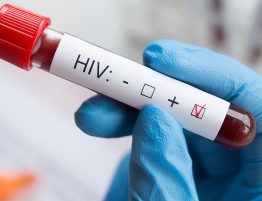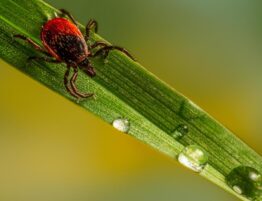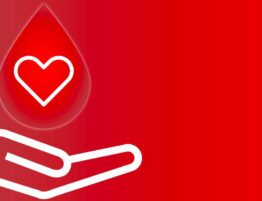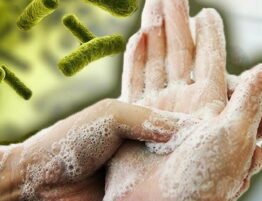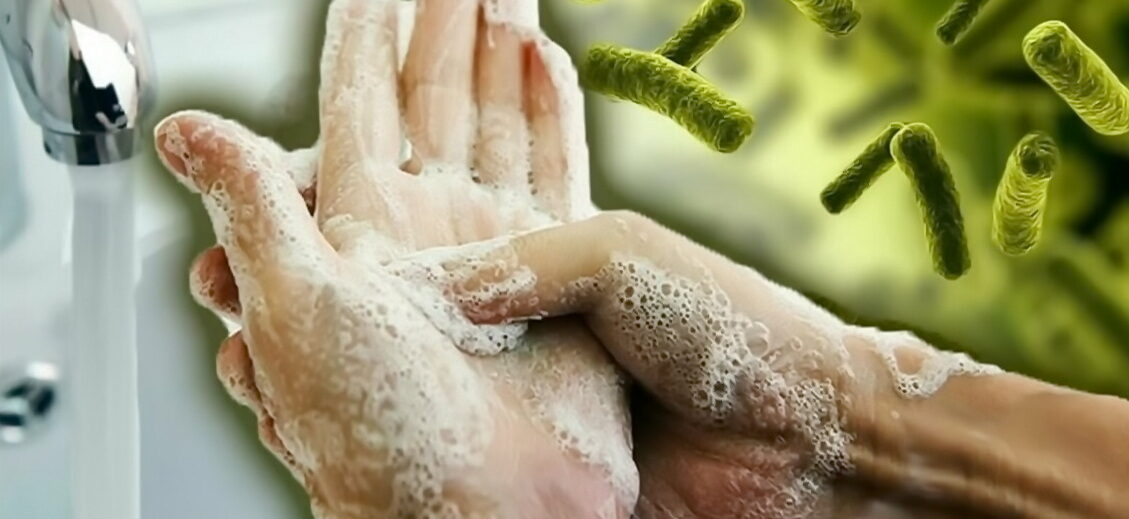
REMINDERon carrying out disinfection measures in areas of acute intestinal infections, including viral etiology, salmonellosis and viral hepatitis A and E.
The group ofintestinal infectionsincludes diseases whose pathogens primarily affect the human gastrointestinal tract and spread among people through the fecal-oral transmission mechanism. The causative agents of this group of infectious diseases are excreted from the patient’s body with feces and vomit, so disinfection measures should be aimed primarily at disinfecting those objects that may be contaminated with the patient’s secretions.
Infection with intestinal viruses and bacteria can occur through household items (bedding, furniture, toys, dishes, etc.) contaminated with the secretions of a sick person. The basis for the prevention of most intestinal infections are measures aimed at breaking the mechanisms and routes of transmission of pathogens, among which the leading role belongs to disinfection measures.
Infection of people with infections such as dysentery, cholera, typhoid fever, and escherichiosis occurs mainly through contaminated food and water. For enterovirus infections, the main reservoir in the external environment is feces and household wastewater contaminated by them. Subsequently, wastewater contaminates the water of open reservoirs used by the population for drinking and household needs.
Disinfection is a set of measures aimed at destroying or reducing the number of infectious agents, such as viruses and bacteria on abiotic objects of the external environment in order to prevent the spread of infectious diseases.
If the patient is left at home for treatment, it is necessary to carry out routine disinfection until he recovers:
- isolate the patient by allocating him a separate room, if it is impossible, isolate the children and limit the patient’s contact with other family members as much as possible;
- provide the patient with separate bed linen, a towel, and personal care items (toothbrush, washcloth, comb, handkerchiefs);
- ensure separate collection and storage until washing of dirty linen and the patient’s belongings;
- keep the premises clean, especially in common areas, carry out mandatory daily routine wet cleaning of premises using detergents;
- disinfect used linen, towels, handkerchiefs of the patient by boiling in a 2% soap solution for 15 minutes;
- boil the patient’s dishes and toys in the same solution after each use;
- family members to observe personal hygiene measures;
- do not allow the patient to prepare food or wash dishes.
To prevent the disease of those around the patient, after hospitalization of the patient, one of the family members carries out a final disinfection in the apartment.
For this you need:
1. Wear easily washable clothing, a headscarf, and rubber gloves.
2. Carry out a wet cleaning of the patient’s room (bed, furniture, window sills, doors, etc.) using household detergents and disinfectants (5% solution of liquid bleach) or 2% soap-soda or any another cleaning solution.
3. Disinfection is carried out first of all by the most significant factors of transmission of pathogens of intestinal infections:
- the patient’s secretions are covered with dry bleach or 2/3 basic salt of calcium hypochlorite in a ratio of 1:5, exposure time – 1 hour;
- dishes for excretions are immersed in a disinfectant solution;
- underwear and bed linen are boiled in a soap solution for 15 minutes from the moment of boiling;
- eating and drinking utensils are boiled for 15 minutes in a 2% sodium bicarbonate solution or detergent solution or immersed in a disinfectant solution; after disinfection, the dishes are washed with hot water;
- toys are treated in the same way as utensils for eating and drinking; soft toys should be processed in disinfection chambers;
- floor, wall and other surfaces are treated by wiping with a rag soaked in a disinfectant solution.
4. In the same way, disinfect other rooms (rooms, kitchens). Cleaning should be done with the windows open.
5. Lastly, wet clean the toilet and bathroom.
6. In the summer, if flies are present, they are destroyed with the windows and vents closed; dead flies are swept away and dumped into the sewer.
7. After completing the treatment, wash your gloves thoroughly, remove your work clothes, place them in a boiling basin, wash your hands, and take a shower.
8. The cleaning material is immersed in a disinfectant solution.
By following these precautions and preventive measures, you can protect yourself and others from acute intestinal infections.
Developed at the Brest City Clinic No. 2


